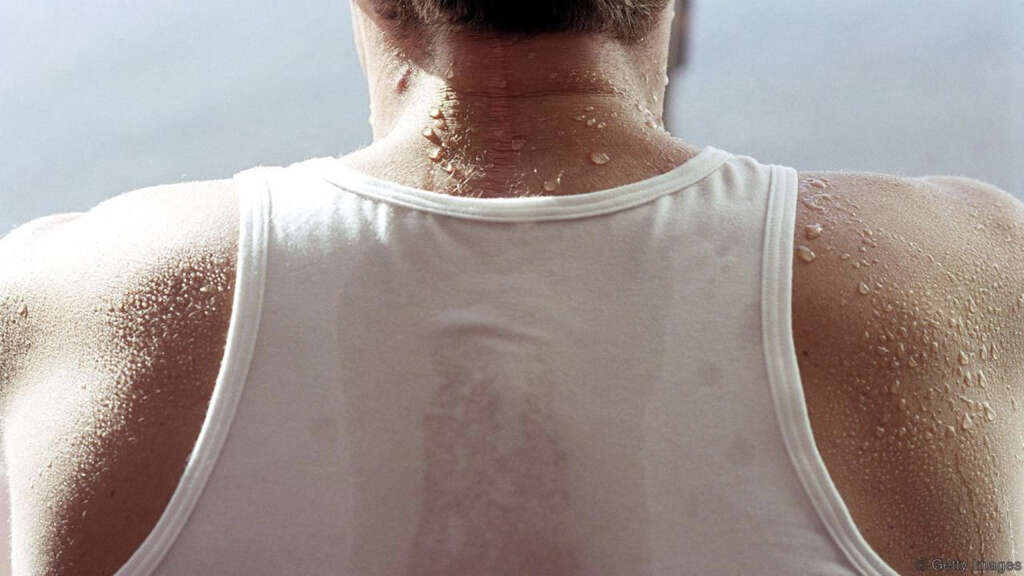What Is Anhidrosis?
6. Diagnosis
Sweat can be readily visualized by topical indicators such as sodium alizarin sulphate or iodinated starch (minor test). These tests allow a dramatic color change when sweat is present. To evaluate the body’s response to a thermal stimulus, a thermoregulatory sweat test can be performed by inducing sweating using a thermal blanket, exercise, or a hot box.
When there is no change in the color of the substance during testing, there is anhidrosis or hypohidrosis. Further testing may be required to localize the lesions. When the lesion causing the disorder is suspected to be located in the central nervous system, a magnetic resonance imaging (MRI) scan can be used. Skin biopsies can also be useful when hypohidrosis or anhidrosis occur due to a dermatological disorder as it can help reveal the destruction of sweat glands.
Advertisement












